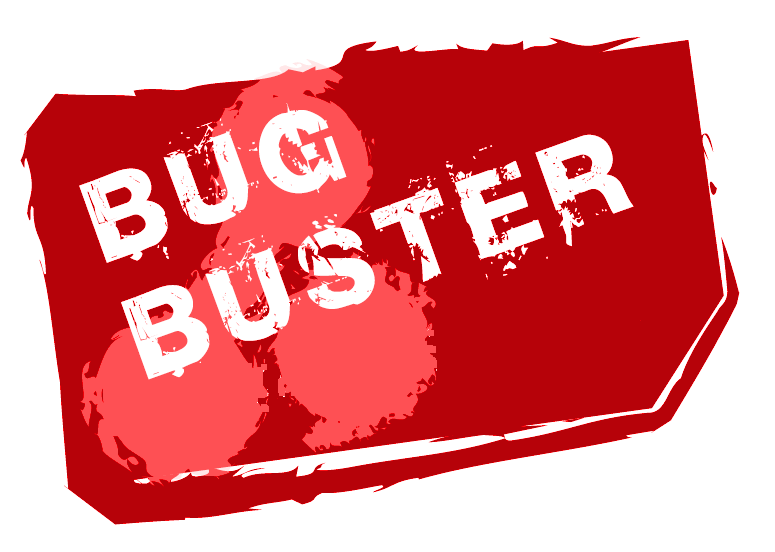Newcastle University Drylab/28 May 2008
From 2008.igem.org
Newcastle University
GOLD MEDAL WINNER 2008
| Home | Team | Original Aims | Software | Modelling | Proof of Concept Brick | Wet Lab | Conclusions |
|---|
Home >> Dry Lab >> Dry Lab Journal
|
|
|
| |||||||||||||||||||||||||||||||||||||||||||||||||||||||||||||||||||||||||||||||||||||||||||||||||||||||||||||||||||||||||||||||||||||||||||||||||||||||||||||||||||||||||||||||||||||||||||||||||
28 May 2008
Mark
Continued on with coding up the EA. Have completely finished the structure coded section, and am now working on a fitness funtion and mutation method that can be implemented to change the weights on these nodes. Also need to specify the boundaries for the double numbers to be incorporated into the double arrays. Thinking of between 0.1 and 10.
Have also done some biological research today concerning the Listeria monocytogenes organism and come up with a couple of signal transduction systems that have been defined that are not homologous to the agr signalling system. This might well make it easier and cleaner than having two agr signalling systems. The systems are the LisRK and the CesRK two-component systems.
Going to start coding up the next part of the EA tomorrow, the mutating method and adding more functionality.
Megan
Still looking at the JDBC tutorial, taking quite a while but is helping to give me an indiciation of how the problem can be tackled. Here is some of my understanding so far general_ideas_on_how_to_go_about_programming.doc
Very vague Pseudo code
import driver for JDBC and the database management system for this
ResultSet interface will be used to retrieve the information required.
Statement stmt = con.createStatement(ResultSet.TYPE_SCROLL_SENSITIVE, ResultSet.CONCUR_READ_ONLY); this will allow the cursor to scroll along to the ‘next’ row and is read only so that the output cannot be modified
ResultSet will be initiated
ResultSet srs = stmt.executeQuery (“SELECT model FROM promoter”) or something along these lines that will direct the query to a particular table and select a certain column
This statement can be repeated for each of the parts tables, i.e. activator, repressor, polymerase, output etc… And within these tables set to determine which ever attributes are required, e.g. unique ID, model, function…
Within this class the getMethods can be implemented.
So, the program will follow the SQL query to the correct table and column, then a method need to be used to tell it which rows and format of information needs to be gained, this can use a while statement to go through each row.
while (srs.next())
{
String ID = srs.getString(“UniqueID”);
}
Then an object of the ResultSet will need to be created in which to store the results
Morgan
Caught myself yesterday trying to streamline hardcoding. I don't think I was quite awake.
Found stupid new bug with legend. Argh.
I HAS VERY SUBTLE DIRECTED EDGES JA.
Uh yes. Pickled brains.
Meanwhile, I can now draw dotted edges, edges with arrows (one way or two ways) or ordinary lines. But those are boring. I took code from prefuse to rotate the arrow heads appropriately to the line direction.
I can also rename the elements in the drawing panel.
And now I have informative status bar messages, in the build panel at least.
Aha, now I can populate the drawing panel with stuff from a Circuit. I think that's enough for the day.
 "
"

